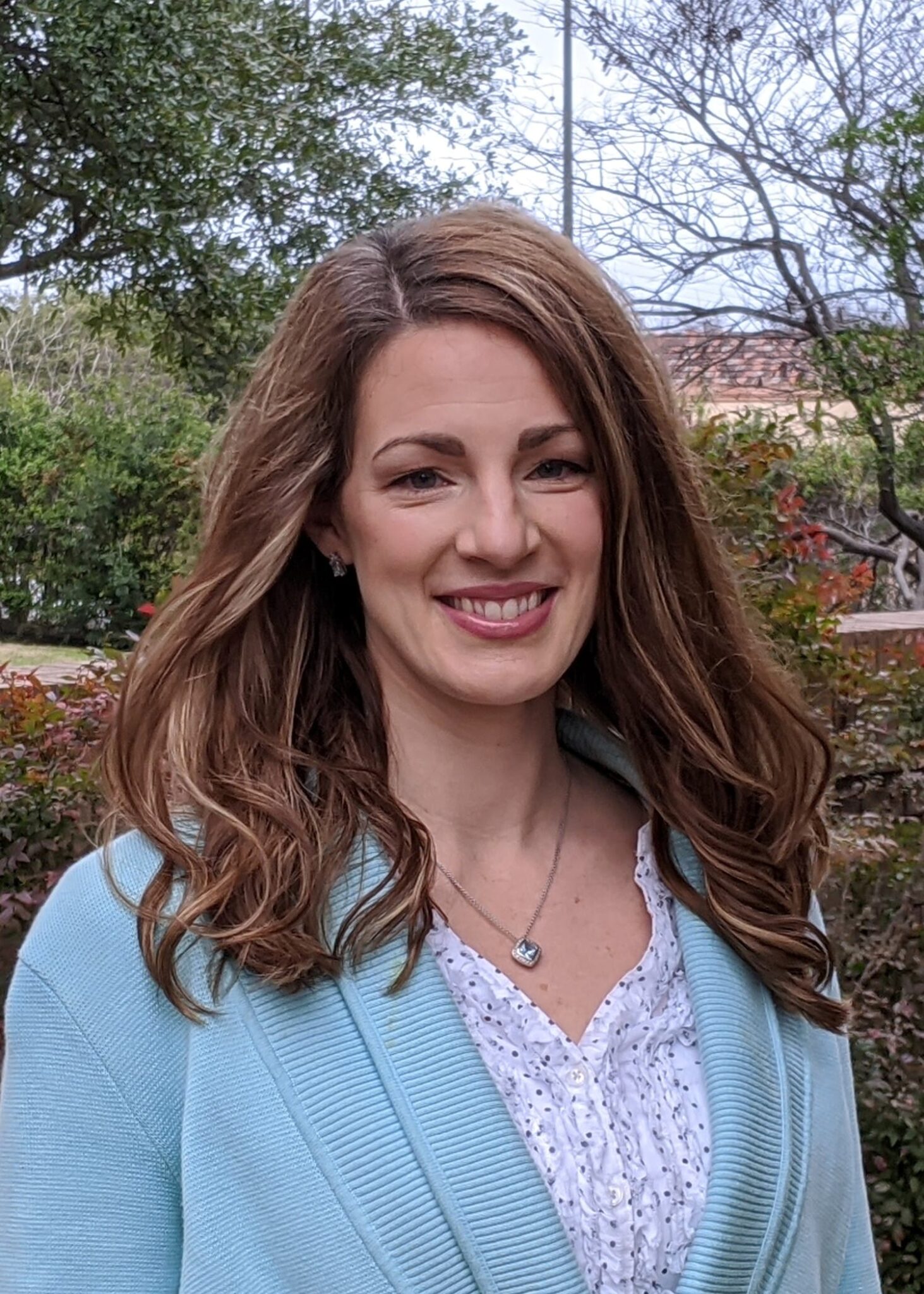Living book. This term is thrown around often in homeschool circles. A growing number of people are becoming familiar with this term, but I know that still many others wonder—what, exactly, does “living book” mean? After all, isn’t the Bible the only Living Book? Or maybe you haven’t heard this term and would wonder why I say that we try to allow only living books into our home and homeschool? What do I mean? Do we read only Christian books or what?
I want to start off by making an important distinction between what this term means theologically and what it means educationally. Theologically, the Bible is the only Living book. The Bible alone has the power to quicken, to give life through the power of the gospel to a person who is dead in their trespasses and sins.
Educationally, the term differs from what we mean theologically, though it’s not completely divorced from the theological concept. In the educational sense, a book is living when it sparks an idea in the mind or kindles a desire to keep reading that same book and perhaps even more books on the same topic. Thus, it is living because it causes the mind, will, and/or affections to grow or to live where they were perhaps dead.
Furthermore, a living book mimics the forms of Scripture. Like Scripture, a living book is true, good, and beautiful. Thus, it makes our hearts and minds alive to the noble and right and virtuous.
Also, linguistically, living books mimic the literary techniques found in Scripture. A primary example of this is that a living book contains living metaphor, that is, word comparisons that make the subject come alive in the human mind. For example, in Scripture, Jesus is described as a rock and a vine and a shepherd, among other things. All these word comparisons—metaphors—bring a picture to our minds of what Christ is like; they bring him “to life” in our mind’s eye and help us to love him more for who he is. Similarly, living books apart from Scripture give us word comparisons, vivid descriptions, and deeper meanings to help the subject matter come alive in our mind’s eye and help us love it more.
Like parts of Scripture, living books are not always easy books. A living book often asks for effort on the part of the reader—chew on this worthy feast for the mind, it says; digest it—but enjoy your meal! Like Scripture, a living book is always interesting. It is engaging and valuable, not dull or dumbed-down. A living book is worthy of returning to and reading again.
I recently read this quotation that helpfully illustrates the character of a living book:
Many books are dry and dusty, there is no juice in them; and many are soon exhausted, you would no more go back to them than to a squeezed orange; but some have in them an unfailing sap, both from the tree of knowledge and from the tree of life.
Henry Van Dyke, Companionable Books
A living book has that good, true, and beautiful “unfailing sap.”
A living book is not a book that lists facts without beauty. A living book is not a book of informational paragraphs without the power of a flowing narrative. (This is sometimes called “textbook prose” or “scientific prose” and is a phenomenon of the modern era. This is the antithesis of a living book.)
Additionally, a living book is not trivial, trite, or titillating. It does not talk down to the reader. (This is sometimes referred to as “twaddle.” Children’s books based on movies and TV and the like would fall into the category of twaddle, as would sensualized and/or violent “young adult” fiction, among other things. Twaddle is also the antithesis of a living book.)
Rather, a living book is authored by a person who writes well and who communicates contagious interest is his subject. A living book grows a person in mind and heart; it doesn’t dumb him down or cause him to stumble. It doesn’t dirty his mind. I’ve used this adjective before, but a living book is a worthy book.
Additionally, a living book is also not always an explicitly Christian book. God, in his common grace, has allowed some unbelievers to pen truth about this world, though the authors themselves are blind to the ultimate Source of that truth. He has allowed some unbelievers to write beautifully, though they do not know the Source of beauty. He has allowed some unbelievers to point humans to earthly good in the city of man, even though they do not know true good and their own righteousness is as filthy rags in light of eternity.
I would rather read a true, beautiful, and good book by an unbeliever than a dull, poorly-written, or trivial book written by a Christian. That’s not to say I don’t first look for a true, beautiful, and good book written by a Christian! But sometimes there isn’t one, and I don’t shun books by unbelievers.
In short, here is my definition of a living book:
A living book is a beautifully written narrative that ignites the imagination; inspires interest in its subject; invites imitation of the True, Good, and Beautiful; and imbeds nourishing ideas that cause both young and old to grow as persons made in the image of God.
Everything in this definition is why I choose to use only living books in my homeschool. This is what I want for my children and for our homeschool days. I want the books we use to reflect the form and character of Scripture so that my children grow in appreciation for truth, goodness, and beauty and to recognize these things (and their antithesis) when they see them. I want their imaginations sparked so that they can picture what they’re reading, not just memorize a series of facts to slap onto a test. I want them to not only learn informational content but also have their hearts shaped through what they read so that they grow in their loves as well as their knowledge. I want them to grow as persons, image bearers.
If you’re now left wondering, where do I find these living books, I’ll leave you with a list of a few of my favorite publishers. This is not to say that these are the only places to find living books or that I endorse every book from these publishers, but these are a good starting point.
Additionally, there are over 50 “Living Libraries” around the US that specialize in carrying only living books. These are a far cry from most public library systems. Most are run by homeschool families who have collected living books (including many out-of-print books) over the years. Here in the Atlanta area, I am a member of Hall’s Living Library, which lends over 16,000 living books—only those that are true, good, beautiful and worthy to be read. Here is a list of Living Libraries around the US, so you can check for one in your area.
If you want some examples of what living books sound like, here are a couple of podcast episodes that talk through the character of a living book and give examples and comparisons of living books and non-living books.
- “How to Recognize Living Books” from A Delectable Education (35 minutes)
- “What a Living Book Sounds Like” from Simply Charlotte Mason (12 minutes)
Note: Though these two podcasts happen to focus on a Charlotte Mason philosophy of homeschooling, the use and importance of living books is certainly applicable to any homeschooling style–or any home–if we want to grow lovers of learning and children who recognize good, true, and beautiful literature through long exposure to it.
Also, here is a sheet made by Sandy Hall of Hall’s Living Library that compares a living book and a non-living book and their various literary elements.
Finally, the Biblioguides website is a database of living books. There is a free area and then more information in the membership area. I have found Biblioguides especially helpful in searching for living books on a certain topic, location, or time period and also in looking over the content of a book, as many of the books in the database have reviews and “content considerations,” i.e., things parents might want to watch out for in a particular book.
I hope this helps you find living books for your children—and for yourself!




